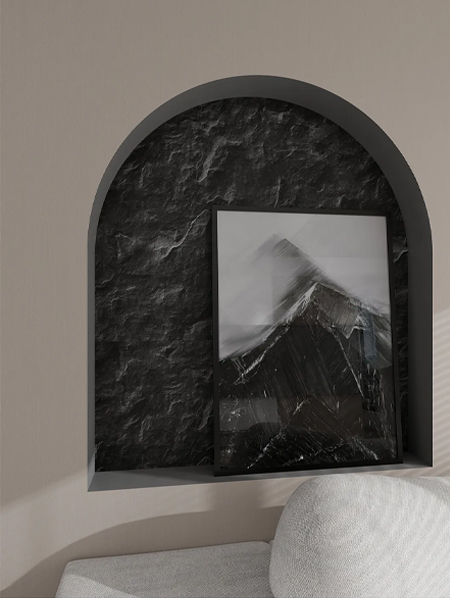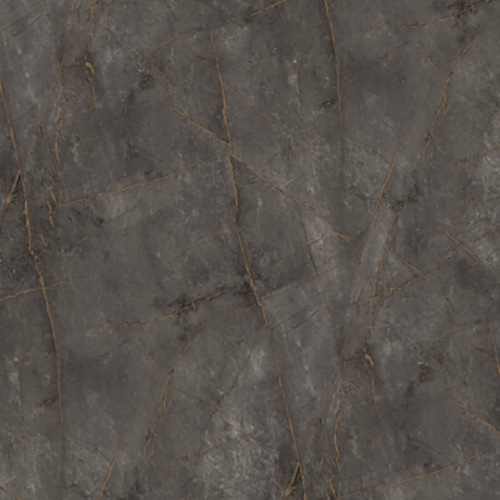
Our team is proud to offer on time guarantee and product guarantee to customer satisfaction.
Read More

Improving the wear resistance of Stone Pattern Decorative Papers through coating technology is a key technical direction, especially in high-wear applications such as furniture, flooring and wall decoration. Here are some specific methods and technical paths:
1. Select high-performance coating materials
Melamine resin:
Melamine resin is a commonly used coating material in stone pattern decorative papers, with excellent hardness and wear resistance. Its performance can be further improved by optimizing the resin formula (such as adding hardeners or cross-linking agents).
Polyurethane coating:
Polyurethane coating has good flexibility and wear resistance, and is suitable for application scenarios that require impact resistance and scratch resistance. Applying a layer of transparent polyurethane coating on stone pattern decorative paper can significantly enhance the surface protection effect.
Epoxy resin:
Epoxy resin has extremely high adhesion and chemical corrosion resistance, and its wear resistance can be improved by modification treatment (such as adding nanofillers).
2. Introducing nanomaterials to enhance the coating
Nano-silica:
Adding nano-silica particles to the coating can form a dense surface structure, significantly improving the wear resistance and scratch resistance while maintaining transparency.
Nano-alumina:
Nano-alumina particles have high hardness and excellent wear resistance, which can effectively enhance the wear resistance of the coating.
Graphene:
Graphene is a two-dimensional nanomaterial with extremely high strength and lubricity. Introducing it into the coating can reduce friction while improving wear resistance.
3. Multi-layer coating design
Base coating:
The function of the base coating is to enhance the adhesion between the stone-grained decorative paper and the surface coating. Selecting a suitable base coating material (such as acrylic resin or epoxy resin) can provide a good foundation for subsequent coatings.
Intermediate layer:
The intermediate layer can act as a buffer to reduce the impact of external stress on the decorative paper. For example, using a flexible polymer as the intermediate layer material can improve impact resistance.
Topcoat: The topcoat is the key part that directly contacts the outside world. It usually uses high-hardness materials (such as melamine resin or polyurethane) to provide excellent wear resistance and scratch resistance.

4. Surface texture and hardening treatment
Surface texture design: The embossing process forms a tiny concave and convex texture on the coating surface, which can disperse friction and reduce the risk of concentrated wear.
Hardening treatment: Using physical vapor deposition (PVD) or chemical vapor deposition (CVD) technology to deposit a hard film (such as titanium nitride or silicon carbide) on the coating surface can significantly improve the surface hardness and wear resistance.
5. Curing process optimization
Thermal curing: The high-temperature curing process makes the coating material fully cross-linked to form a dense three-dimensional network structure, thereby improving wear resistance and mechanical strength.
Ultraviolet light curing (UV curing): UV curing is a fast and environmentally friendly curing method that can make the coating reach high hardness and high wear resistance in a short time.
Electron beam curing: Electron beam curing technology can achieve deeper penetration curing effect, which is suitable for thick coatings or stone-grained decorative papers with complex shapes.
6. Wear-resistant additives
Ceramic particles: Adding ceramic particles (such as zirconium oxide or aluminum oxide) to the coating can significantly improve the hardness and wear resistance of the coating.
Carbon fiber: Carbon fiber has high strength and low friction coefficient, which can enhance the wear resistance and impact resistance of the coating.
Solid lubricant: Adding solid lubricants such as molybdenum disulfide or graphite can extend the service life of the coating while reducing friction.
7. Smart coating technology
Self-healing coating: Developing coating materials with self-healing functions (such as coatings containing microcapsule-type repair agents) can automatically repair microcracks when the surface is damaged and extend the service life.
Superhydrophobic coating: By preparing a superhydrophobic coating, the adhesion of dirt and liquids can be reduced, thereby indirectly reducing the risk of wear.
8. Testing and Verification
Abrasion resistance test:
Use Taber abrasion tester or other standard test methods to evaluate the wear resistance of the coating under different load and friction conditions.
Scratch resistance test:
Measure the scratch resistance of the coating through a scratch tester to ensure its durability in practical applications.
Adhesion test:
Test the adhesion between the coating and the substrate to avoid performance degradation caused by coating peeling.
Through the comprehensive application of the above methods, the wear resistance of the stone decorative paper can be significantly improved to meet the high performance requirements of different application scenarios.
We focus on environmentally friendly, healthy, and fashionable home decoration, making your living space shine with unique charm.
Copyright © Hangzhou Xinyue Decorative Materials Co., Ltd. All rights reserved.
Custom Decorative Papers Manufacturers
 English
English русский
русский عربى
عربى